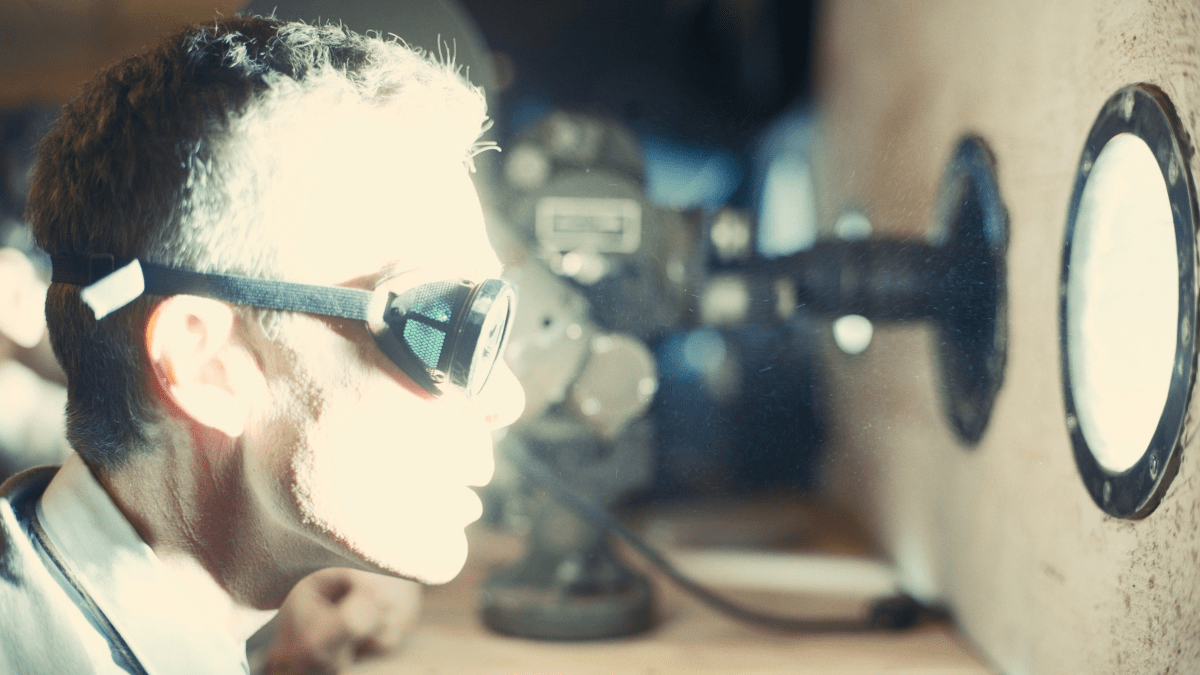In one of the tensest scenes in Oppenheimer, the title character (played brilliantly by Cillian Murphy) nervously awaits the results of his three years of constant work. The Los Alamos bomb – the first atomic explosion in history – is about to occur, ushering in our modern world. Seconds tick by, each one an age. Finally, the bomb explodes, creating a tremendous fireball. Murphy recites the famous quote from the Hindu Bhagavad Gita; “Now I am become Death, the destroyer of worlds,” but there is no sound.
It’s a great moment in the film, but was it the case in real life? The answer is yes. For around 90 seconds, the New Mexico desert was deathly quiet, despite the blinding flash and plumes of fiery smoke seen rising into the sky. To Oppenheimer and his team of observers, it must have seemed a lifetime.
Physicist Richard Feynman explained what happened next. “Finally, after about a minute and a half, there’s suddenly a tremendous noise – BANG, and then a rumble, like thunder.” Feynman waited unmoving with his fellow horrified onlookers. After a few moments, a man standing next to him asked, “What’s that?” Feynman replied, “…That was the bomb.”
Another physicist standing next to Oppenheimer was immediately knocked to the ground when the blast wave reached them. He got up and slapped him on the back, jubilant that the explosion had gone off.
For his acclaimed Oppenheimer, director Christopher Nolan made the incredible decision not to use CGI, but instead create a real-life detonation using practical effects designed to mimic the atomic bomb blast. Though the explosion seen in the film is of course not an actual atomic one, excellent camera work makes it seem like the real thing.

